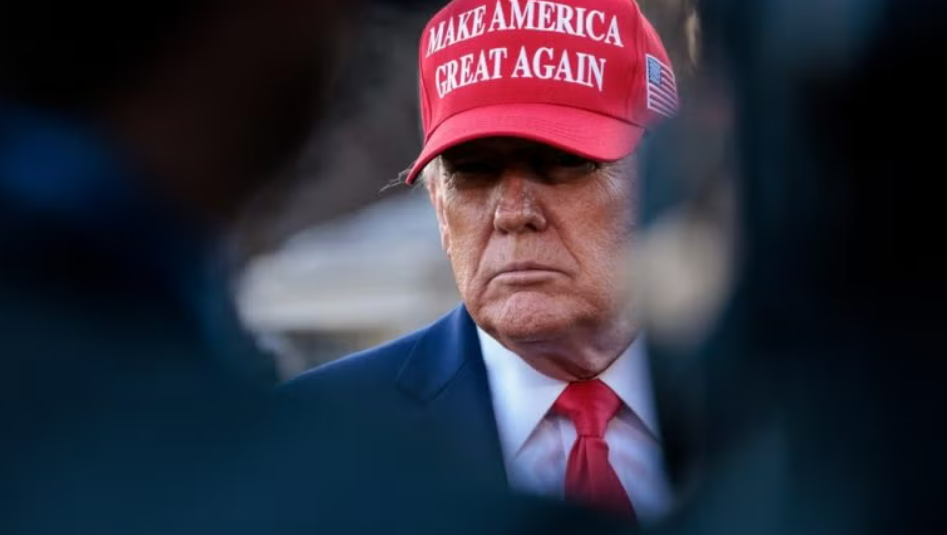Making US fashion is not Trump’s tariff end-game

MAKING US FASHION IS NOT TRUMP’S TARIFF END-GAME
US President Donald Trump has told reporters he is not looking to make clothing or footwear in the United States, which suggests his tariffs against leading fashion sourcing countries were never intended to make domestic US textile manufacturing great again.
During the video interview, which was aired on Sunday 25 May, Trump said: “We’re not looking to make sneakers or t-shirts. We want to make military equipment, we want to make big things and do the AI thing with the computers. But, textiles – I’m not looking to make tshirts or socks – we can do that very well in other locations”.
On the BBC’s Talking Business programme, which aired two days earlier (Friday 23 May), the American Apparel & Footwear Association (AAFA)’s CEO and president Steve Lamar argued the Trump administration clearly “sees value in volatility”.
He suggested that not even the president himself had expected to place a 145% tariff on China on top of the existing tariffs the industry already pays. But, he also pointed out that right now about 97% of what the US consumes is imported and only about 3% is produced in the US.
Lamar stated: “It’s not going to change any time soon and if it were to change we’d need an incredible alignment on policies to bring about manufacturing of apparel goods”.
Lamar said at the time that it remained to be seen whether or not domestic manufacturing was the end goal of the tariffs as he noted that tariffs can be used in a lot of different ways.
But, based on Trump’s more recent remarks it would seem his catchphrase to “Make America Great Again” does not refer to a domestic textile, apparel or footwear manufacture expansion.
This does make sense as Lamar pointed out the US doesn’t even have enough labour of any kind, yet alone the right kind to scale up domestic production.
Plus, he said out of his own members’ list it’s often the domestic manufacturers that are most frustrated about Trump’s tariffs because they not only raise the prices of imported inputs and machinery but they also make their exports more expensive due to retaliatory measures and American-made boycotts from other countries.
The one positive of all this is that Trump accepts other countries are better suited to making the majority of the US consumers’ fashion and footwear. Yes, there is space for domestic manufacturing and specialisms but the fashion supply chain needs to remain global, resilient and diversified.
The negative is that he’s done a very good job at stirring the global trade pot. It’s now in such a chaotic frenzy that even the poorest fashion sourcing countries could end up feeling grateful if Trump lands on a 10% baseline tariff for them all.
And who will lose in the end? Everyone. From cotton farmers to garment suppliers and from brands to end consumers.
The jury is still out on the main point of all these tariffs for the fashion industry in particular, but if the US apparel industry keeps shouting loudly about the real world implications, we can only hope that common sense will prevail.
By Just Style
